Home>Construction & Tools>Building Materials>How To Clean A Brick Fireplace Before Painting
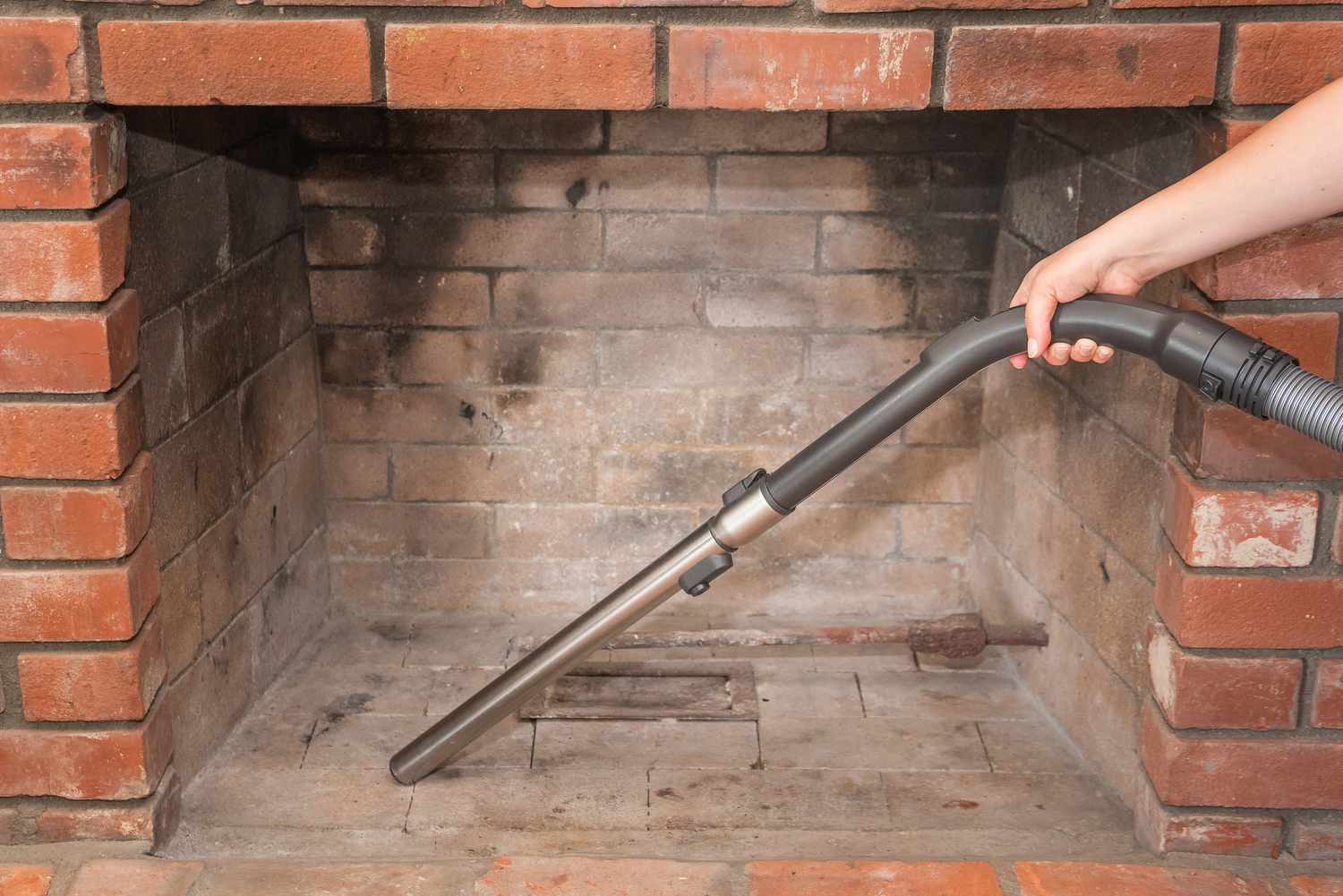

Building Materials
How To Clean A Brick Fireplace Before Painting
Modified: February 18, 2024
Learn how to properly clean a brick fireplace before painting to ensure the best results. Discover the essential steps and building materials needed for a successful fireplace makeover.
(Many of the links in this article redirect to a specific reviewed product. Your purchase of these products through affiliate links helps to generate commission for Storables.com, at no extra cost. Learn more)
Introduction
Cleaning a brick fireplace before painting is a crucial step in the process of revitalizing your living space. Whether you're looking to update the look of your fireplace or preparing it for a fresh coat of paint, proper cleaning is essential for achieving a smooth and long-lasting finish. A clean surface ensures that the paint adheres effectively, allowing you to achieve the desired aesthetic while preserving the integrity of the brick.
In this comprehensive guide, we will walk you through the step-by-step process of cleaning a brick fireplace before painting. By following these instructions and using the right materials, you can transform a dull or outdated fireplace into a stunning focal point in your home. Let's dive into the details to learn how to revitalize your brick fireplace with a fresh, vibrant coat of paint.
Key Takeaways:
- Transform your brick fireplace with a fresh coat of paint by following these steps for a professional-looking finish. Proper cleaning and priming ensure long-lasting results that enhance your living space.
- Gather the right materials and prepare your workspace before cleaning your brick fireplace. Thoroughly rinse and dry the surface, then prime it for a durable and stunning transformation.
Step 1: Gather Your Materials
Before you begin cleaning your brick fireplace, it’s essential to gather all the necessary materials and tools. Having the right supplies at hand will streamline the process and ensure that you can complete the task efficiently. Here’s a list of materials you will need:
- Protective gear: Wear rubber gloves, safety goggles, and a dust mask to shield yourself from cleaning chemicals and debris.
- Drop cloths or plastic sheeting: Cover the surrounding area and flooring near the fireplace to protect them from cleaning solutions and potential drips.
- Stiff-bristled brush or scrub brush: Choose a brush suitable for scrubbing brick surfaces to remove dirt, soot, and grime effectively.
- Bucket: Use a large bucket to mix the cleaning solution and for rinsing the brush during the cleaning process.
- Cleaning solution: Select a suitable brick cleaner or create a homemade solution using mild dish soap, water, and a small amount of vinegar.
- Sponge or cloth: Have a sponge or cloth on hand for applying the cleaning solution to the brick surface.
- Rinse water: Prepare a separate bucket of clean water for rinsing the brick after cleaning.
- Primer: If you plan to paint the brick after cleaning, ensure you have the appropriate primer for brick surfaces.
- Paint and paintbrushes: If painting the brick, gather the desired paint color and suitable brushes for the task.
By gathering these materials before you begin, you’ll be well-prepared to tackle the cleaning process efficiently and achieve professional-looking results. With the right tools and supplies, you can transform your brick fireplace and breathe new life into your living space.
Step 2: Prepare the Area
Before diving into the cleaning process, it’s important to prepare the surrounding area to ensure a smooth and hassle-free experience. Taking the time to set up the workspace properly will help protect your home and furnishings while allowing you to focus on cleaning the fireplace effectively. Here’s how to prepare the area:
- Clear the surroundings: Remove any decorative items, furniture, or flammable materials from the vicinity of the fireplace. Clearing the area will provide ample space to work and minimize the risk of accidental spills or damage.
- Protect the flooring: Cover the floor area around the fireplace with drop cloths or plastic sheeting to safeguard it from cleaning solutions, debris, and potential drips. This precaution will also make the cleanup process more manageable.
- Ventilation: Ensure the room is well-ventilated by opening windows and doors. Proper ventilation will help dissipate fumes from cleaning solutions and provide a comfortable working environment.
- Secure the hearth: If your fireplace has a raised hearth, protect it by covering the edges with tape and plastic sheeting. This precaution prevents accidental splashes of cleaning solution from reaching the hearth surface.
- Personal protective equipment: Put on rubber gloves, safety goggles, and a dust mask to shield yourself from cleaning chemicals and airborne particles. Safety gear is essential for protecting your skin, eyes, and respiratory system during the cleaning process.
By taking these preparatory steps, you’ll create a safe and organized workspace for cleaning your brick fireplace. Proper preparation ensures that the cleaning process proceeds smoothly, allowing you to focus on restoring the beauty of your fireplace with confidence and ease.
Step 3: Clean the Fireplace
Now that you’ve gathered your materials and prepared the area, it’s time to roll up your sleeves and begin the cleaning process. Cleaning a brick fireplace requires thorough attention to detail and the right techniques to effectively remove soot, dirt, and grime. Follow these steps to clean your fireplace:
- Test the cleaning solution: Before applying the cleaning solution to the entire fireplace, test it on a small, inconspicuous area to ensure it doesn’t cause any adverse reactions or discoloration.
- Mix the cleaning solution: If you’re using a commercial brick cleaner, follow the manufacturer’s instructions for dilution. For a homemade solution, combine warm water with a small amount of mild dish soap and vinegar in a bucket.
- Apply the cleaning solution: Dip a stiff-bristled brush or scrub brush into the cleaning solution and scrub the brick surface in small sections. Work methodically from the top of the fireplace downward, ensuring thorough coverage.
- Scrub stubborn areas: For tough stains or soot buildup, apply additional cleaning solution and use firm, circular motions with the brush to loosen and remove the grime. Take care not to scrub too aggressively, especially if the brick is older or more delicate.
- Address mortar joints: Pay attention to the mortar joints between the bricks. Use a smaller brush or an old toothbrush to clean these areas, as they can accumulate dirt and soot.
- Wipe down the surface: After scrubbing each section, use a damp sponge or cloth to wipe away the cleaning solution and loosened grime. Rinse the sponge or cloth frequently in clean water to ensure effective cleaning.
- Inspect for residual grime: Once the entire fireplace has been cleaned, inspect the surface for any remaining soot or dirt. Spot-clean as needed to ensure a uniformly clean appearance.
By following these steps, you can effectively clean your brick fireplace, removing accumulated soot, dirt, and grime to prepare the surface for painting or simply to restore its natural beauty. Taking the time to clean the fireplace thoroughly will ensure that the subsequent painting or sealing process yields professional-looking results.
Use a wire brush to remove loose dirt and soot from the bricks. Then, mix a solution of water and trisodium phosphate to scrub the bricks clean. Rinse with water and let dry before painting.
Step 4: Rinse and Dry
After cleaning the brick fireplace, the next crucial step involves rinsing the surface to remove any residual cleaning solution and grime. Proper rinsing is essential to ensure that the brick is free from cleaning residues, which can affect the adhesion of paint or sealant. Additionally, allowing the brick to dry thoroughly sets the stage for the next steps in the fireplace transformation process. Here’s how to rinse and dry the fireplace:
- Rinse with clean water: Fill a bucket with clean water and use a sponge or cloth to thoroughly rinse the brick surface. Wipe away any remaining cleaning solution, ensuring that all traces of the solution and loosened grime are removed.
- Change the rinse water: As the water in the bucket becomes soiled from rinsing, replace it with fresh, clean water to continue the rinsing process effectively.
- Dry the surface: Once the brick has been rinsed, allow the surface to air dry completely. Proper drying is essential before proceeding with priming or painting the fireplace, as moisture can interfere with the adhesion and curing of paint and primer.
- Assess the cleanliness: After the fireplace has dried, inspect the brick surface to ensure that it is clean and free from any residual grime or cleaning solution. Address any remaining spots or marks as needed before proceeding with the next steps.
By thoroughly rinsing and allowing the brick fireplace to dry, you’ll create an optimal foundation for the subsequent steps in the process. A clean, dry surface sets the stage for priming and painting, allowing you to achieve professional-looking results and transform your fireplace into a stunning focal point in your home.
Read more: How To Paint A Brick Fireplace
Step 5: Prime the Surface
After cleaning and preparing the brick fireplace, the next crucial step in the transformation process is priming the surface. Priming is essential when painting brick, as it creates a suitable base for the paint to adhere to while enhancing the durability and longevity of the finish. Proper priming ensures that the paint applies smoothly and uniformly, resulting in a professional-looking outcome. Here’s how to prime the surface of your brick fireplace:
- Select a suitable primer: Choose a high-quality primer specifically formulated for masonry or brick surfaces. Look for a primer that offers excellent adhesion and is designed to seal and protect porous materials.
- Prepare the primer: Stir the primer thoroughly before use to ensure that it is well-mixed. If necessary, thin the primer according to the manufacturer’s instructions for optimal application consistency.
- Apply the primer: Use a high-quality paintbrush or a roller to apply the primer to the brick surface. Work in small, manageable sections, ensuring even coverage and paying attention to the mortar joints between the bricks.
- Allow the primer to dry: Follow the manufacturer’s recommended drying time for the primer. Ensure that the primer is completely dry before proceeding with the painting process to prevent any issues with paint adhesion or drying.
- Inspect the primed surface: Once the primer has dried, inspect the surface to ensure that it is uniformly coated and ready for painting. Address any uneven areas or missed spots before proceeding with the final painting step.
By priming the surface of your brick fireplace, you’ll create an ideal foundation for the paint, ensuring a durable and professional-looking finish. Properly primed brick surfaces enhance the adhesion and longevity of the paint, allowing you to achieve the desired aesthetic while preserving the beauty of your fireplace for years to come.
Conclusion
Revitalizing a brick fireplace through thorough cleaning and preparation sets the stage for a stunning transformation that can breathe new life into your living space. By following the step-by-step process outlined in this guide, you can achieve professional-looking results and create a focal point that enhances the aesthetic appeal of your home. From gathering the necessary materials to priming the surface, each step plays a crucial role in the overall success of the project.
Properly cleaning the brick fireplace before painting ensures that the surface is free from soot, dirt, and grime, allowing the paint to adhere effectively and achieve a smooth, long-lasting finish. Additionally, priming the surface sets the stage for a durable and professional-looking outcome, enhancing the adhesion and longevity of the paint while preserving the beauty of the brick.
Whether you’re updating the look of your fireplace, preparing it for a fresh coat of paint, or simply seeking to restore its natural beauty, the process of cleaning and priming the brick surface is essential for achieving the desired results. Taking the time to prepare the area, select the right materials, and follow the recommended steps will ensure that your fireplace transformation project proceeds smoothly and yields impressive, long-lasting results.
By investing time and effort into cleaning and priming your brick fireplace, you can enjoy the satisfaction of transforming a worn or outdated feature into a captivating focal point that adds character and charm to your home. With attention to detail and the right techniques, you can achieve a beautifully refreshed fireplace that enhances the overall ambiance of your living space.
Embrace the opportunity to breathe new life into your home by embarking on the journey of cleaning and painting your brick fireplace. With the right approach and a touch of creativity, you can achieve remarkable results that elevate the visual appeal of your living space and create a welcoming atmosphere for family and guests to enjoy.
Frequently Asked Questions about How To Clean A Brick Fireplace Before Painting
Was this page helpful?
At Storables.com, we guarantee accurate and reliable information. Our content, validated by Expert Board Contributors, is crafted following stringent Editorial Policies. We're committed to providing you with well-researched, expert-backed insights for all your informational needs.
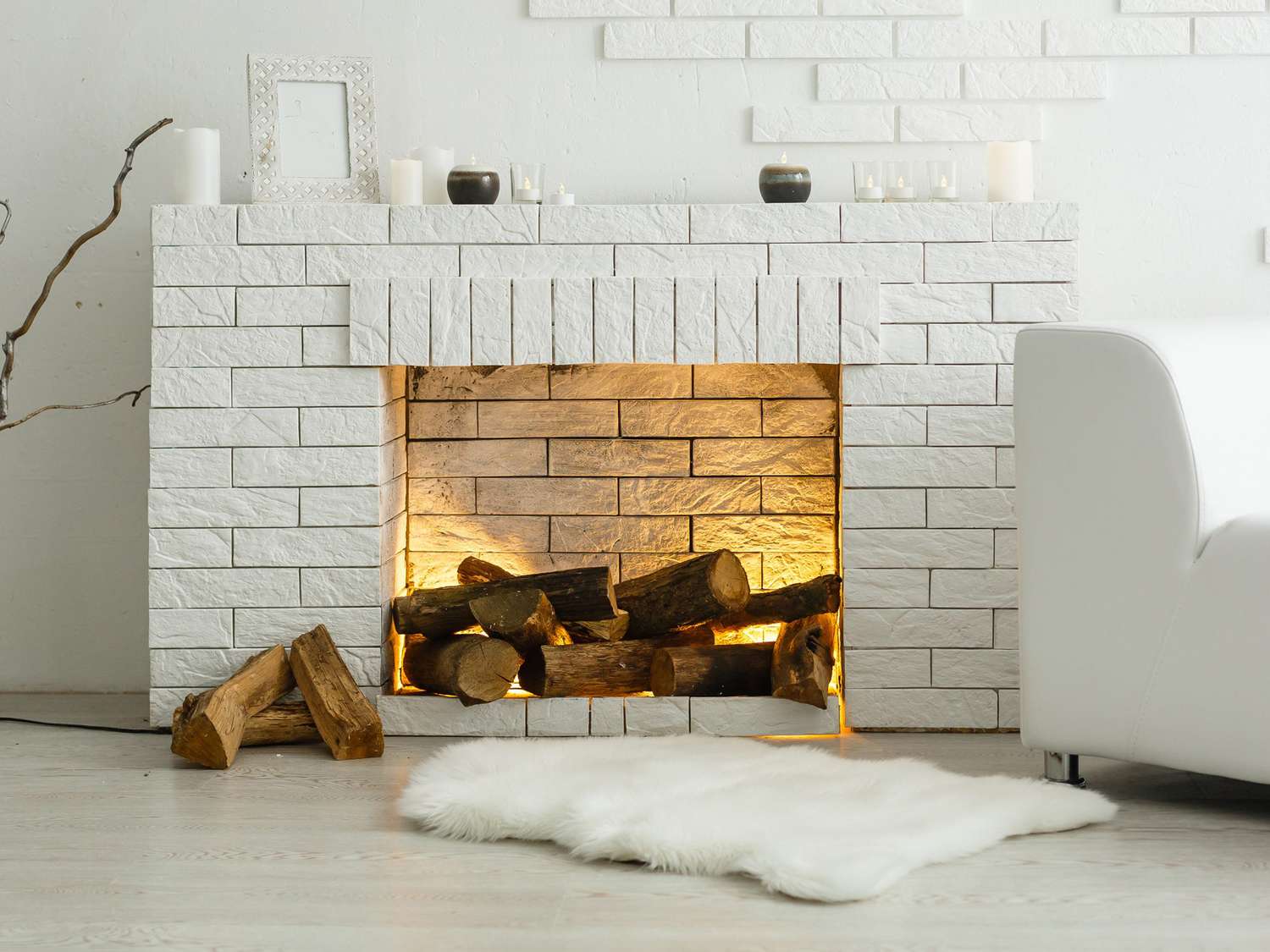
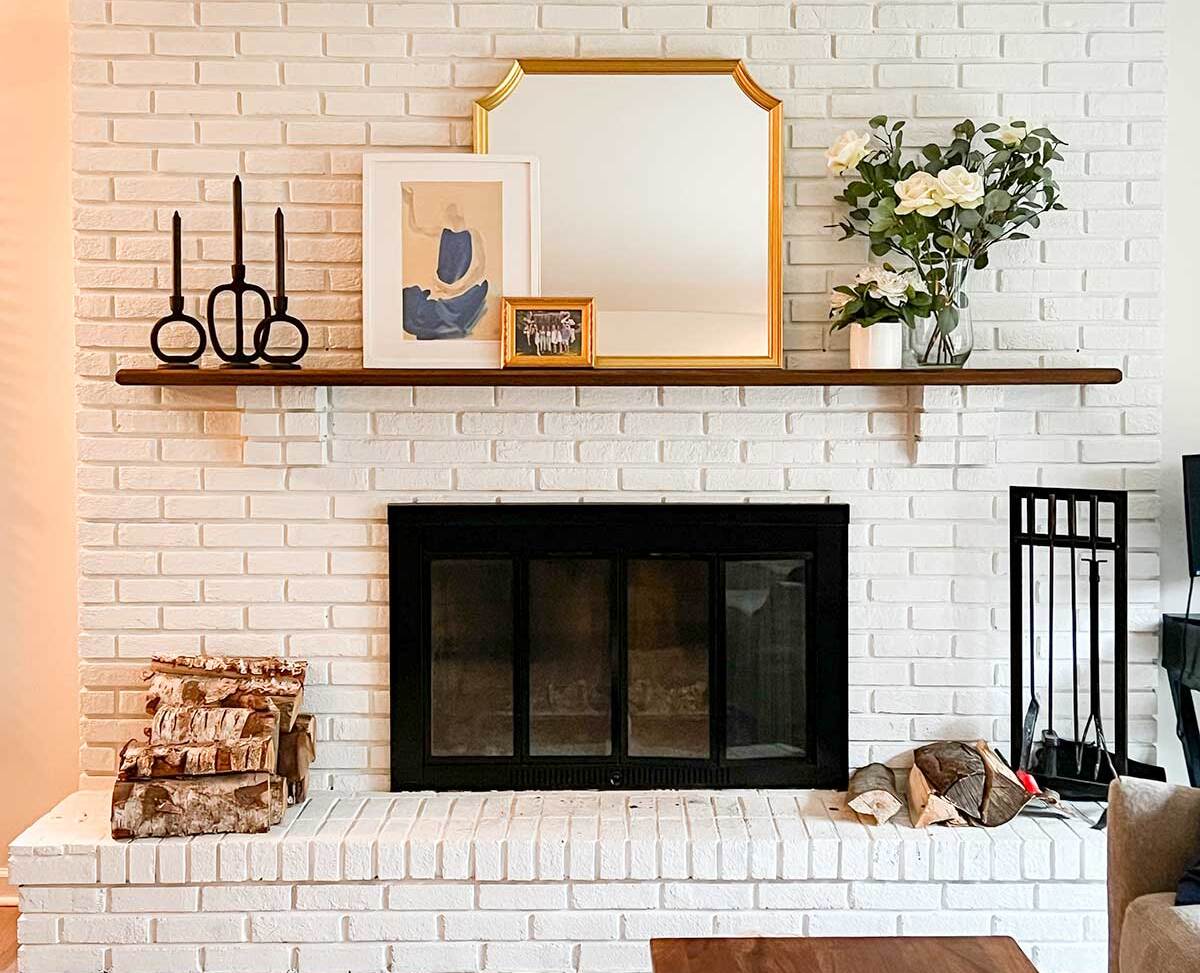
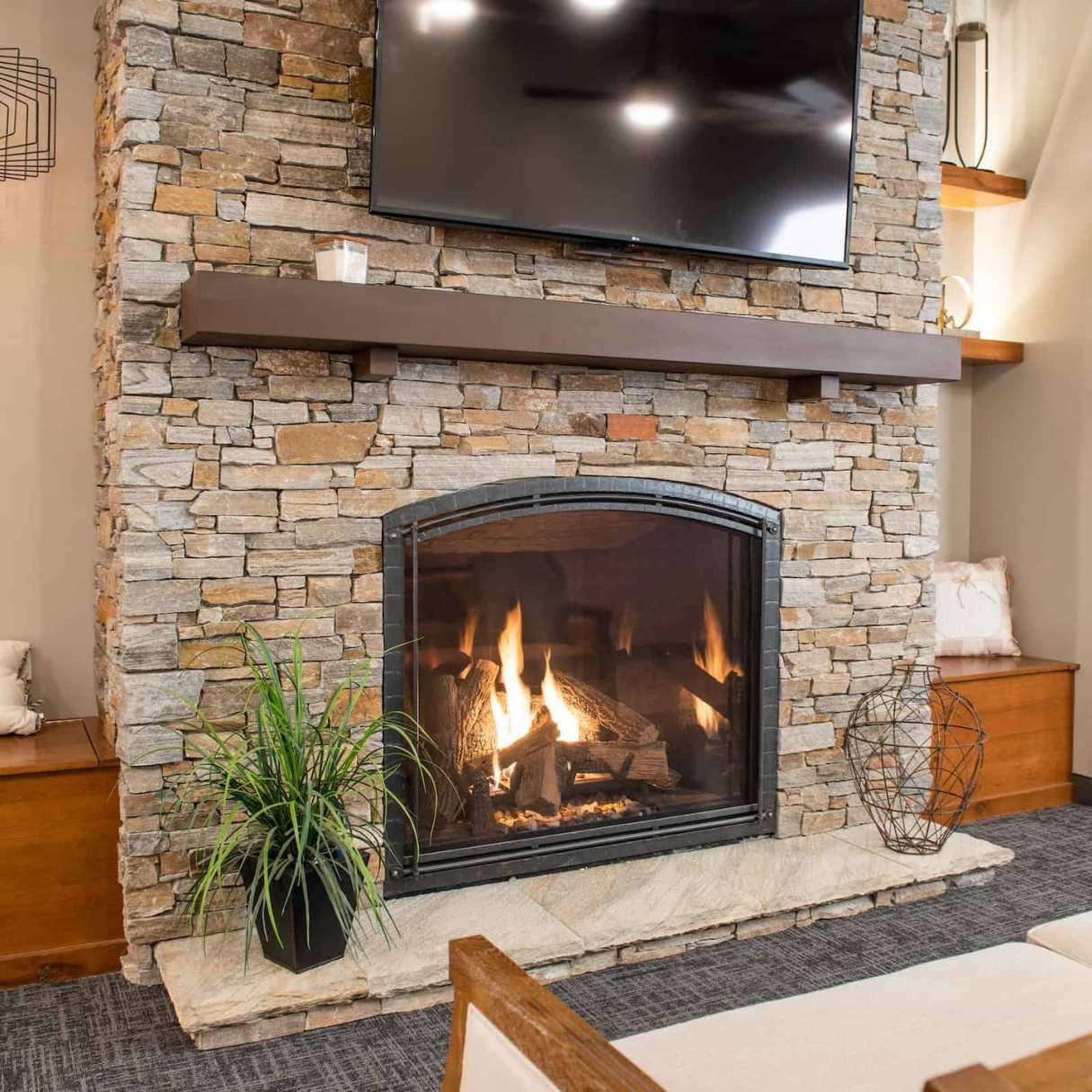
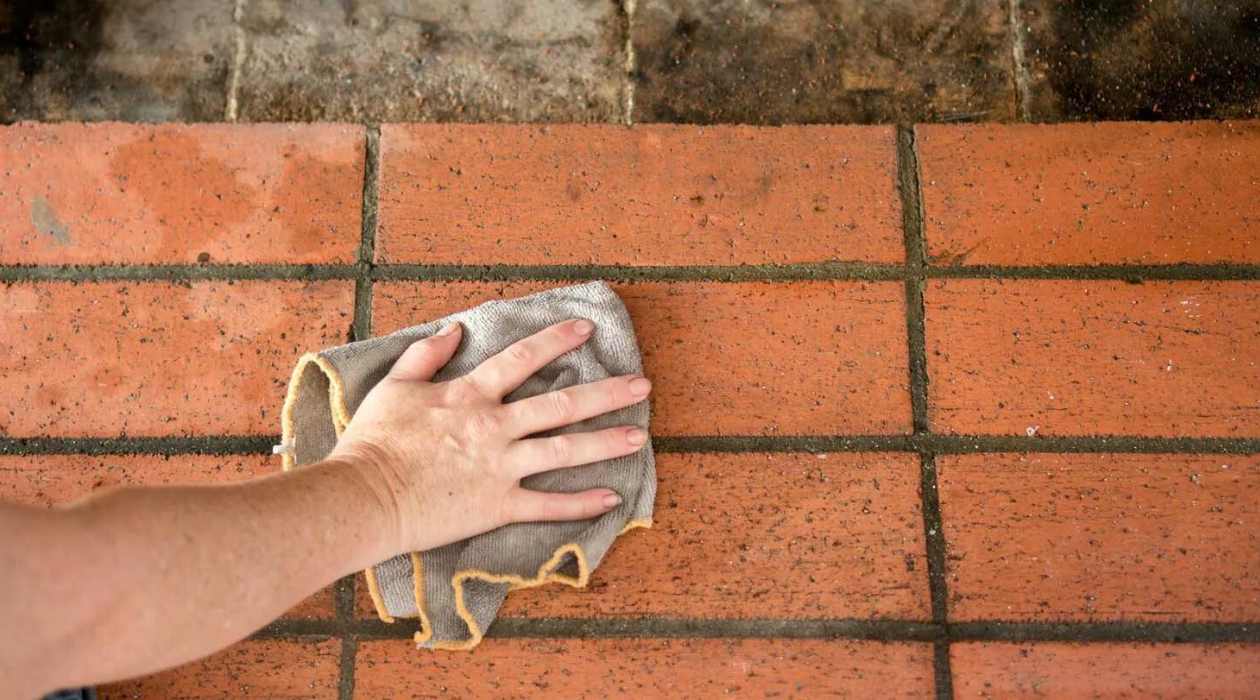
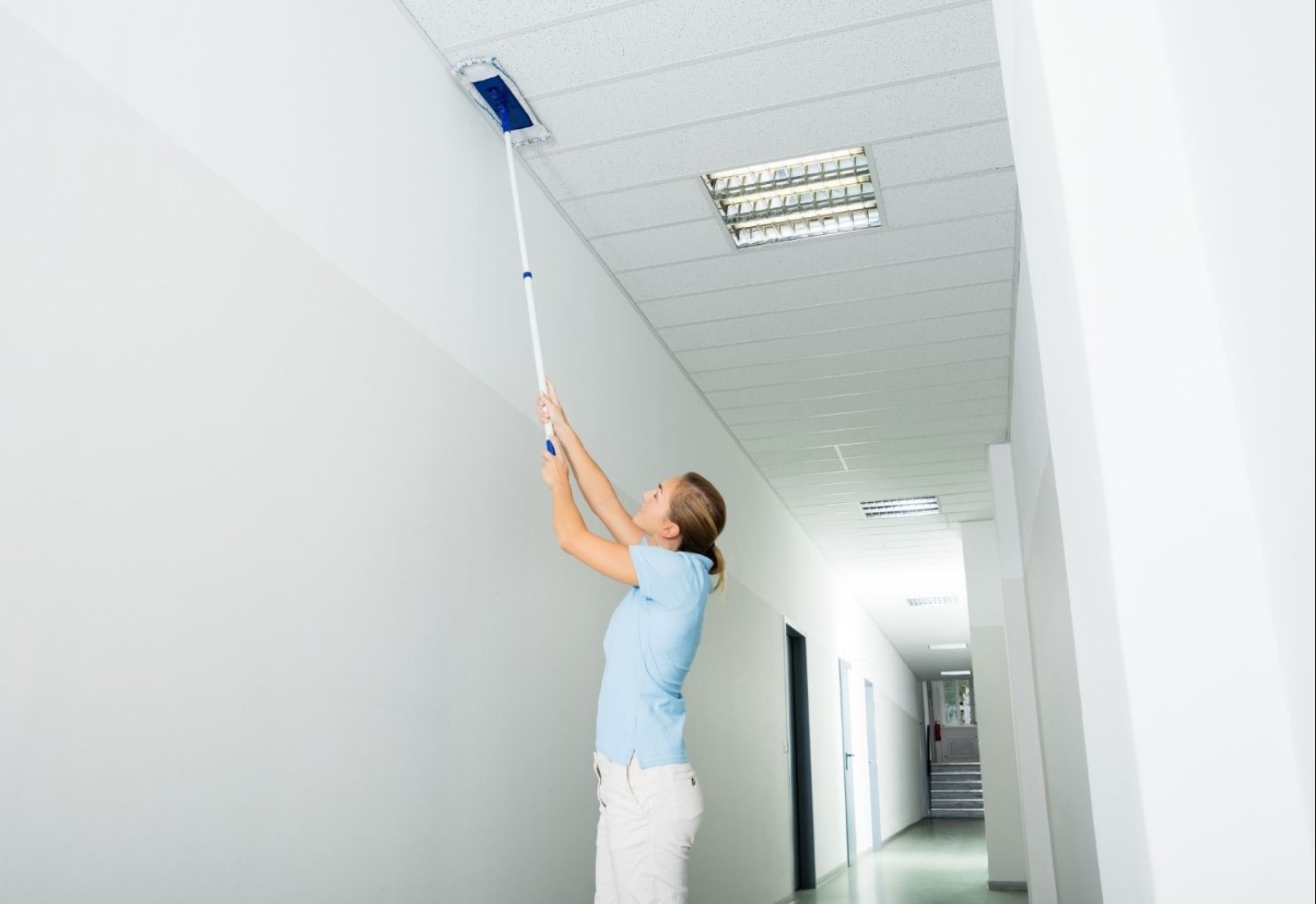
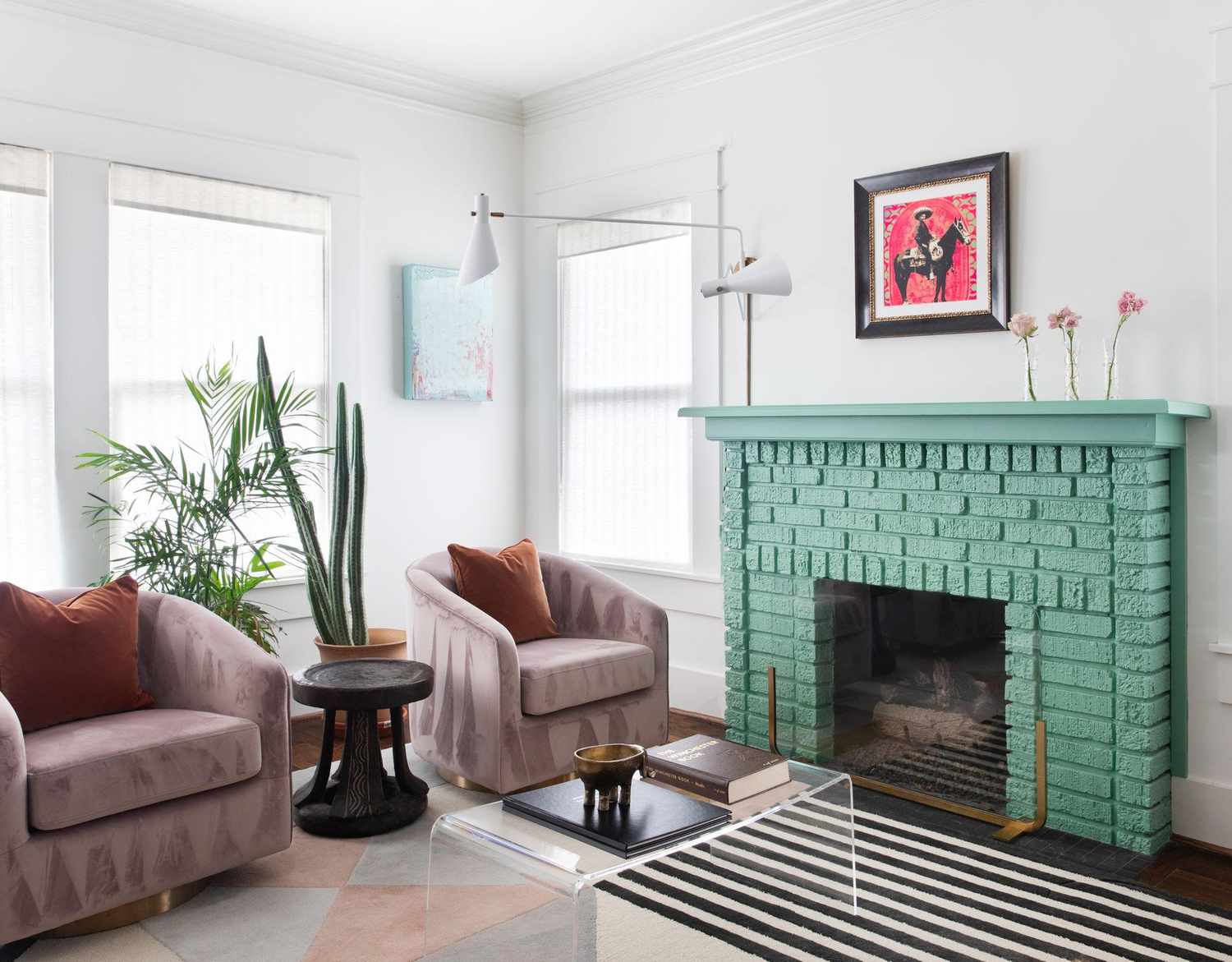

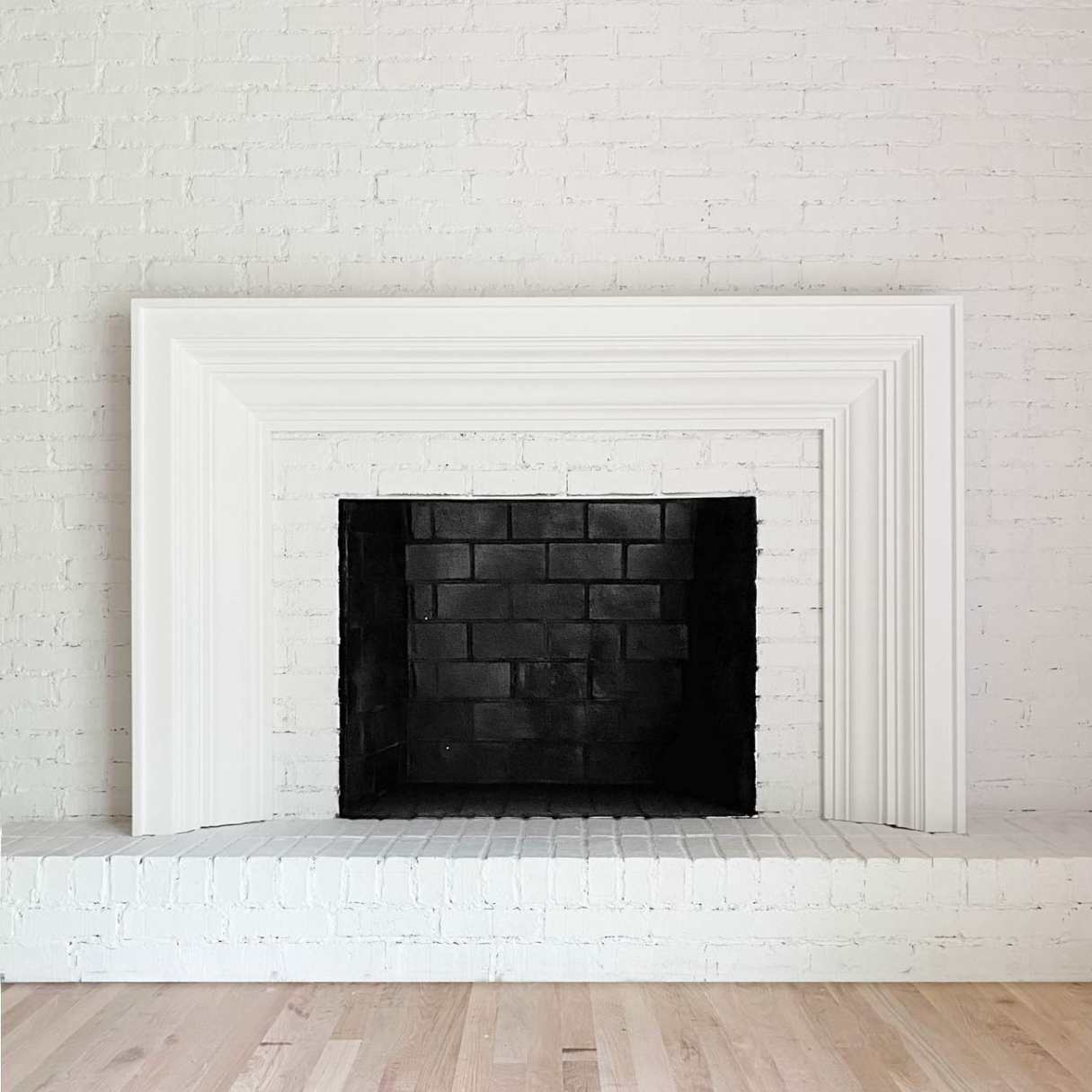
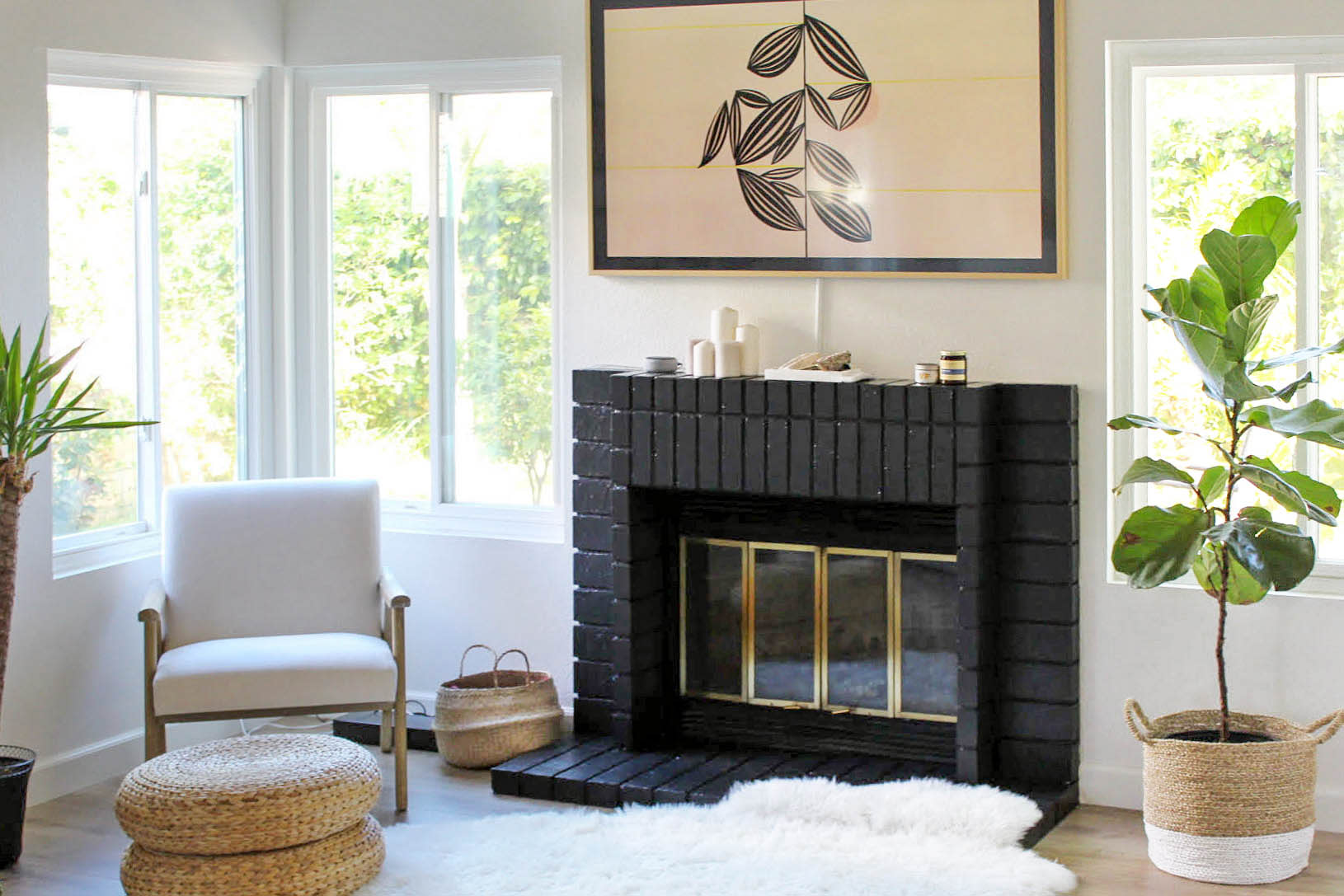
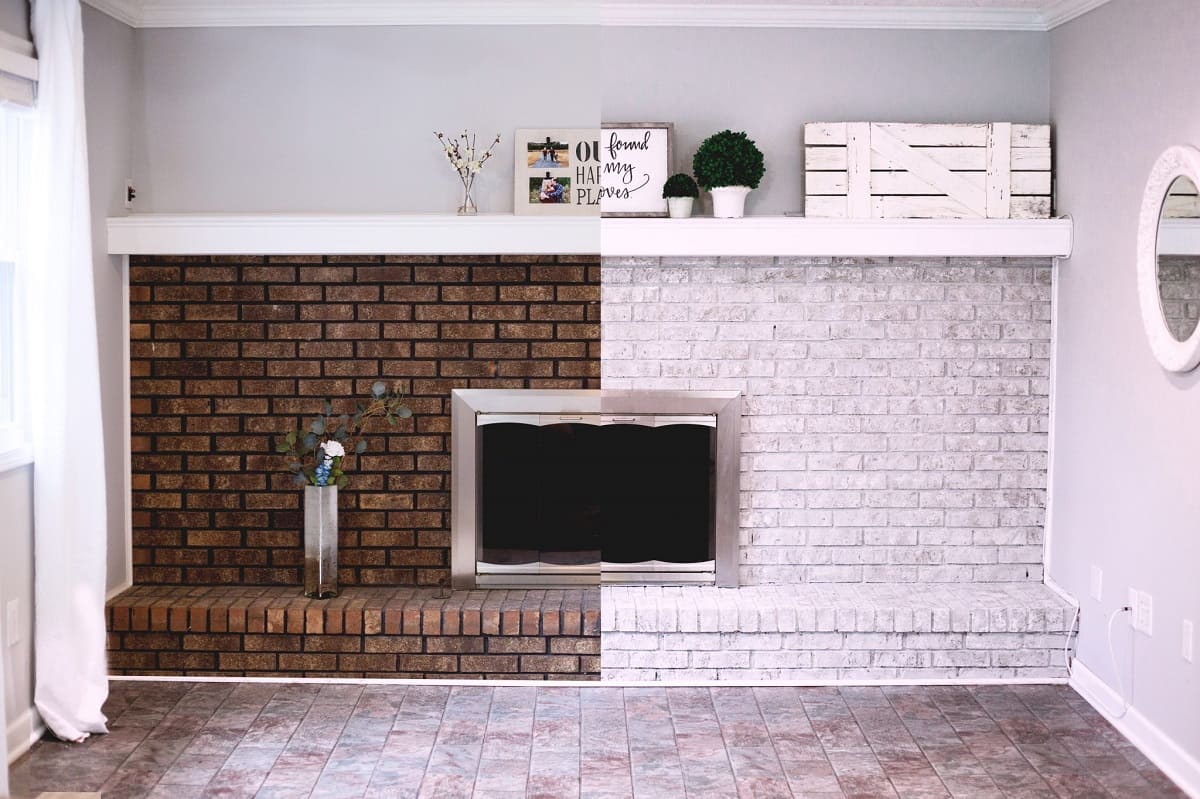
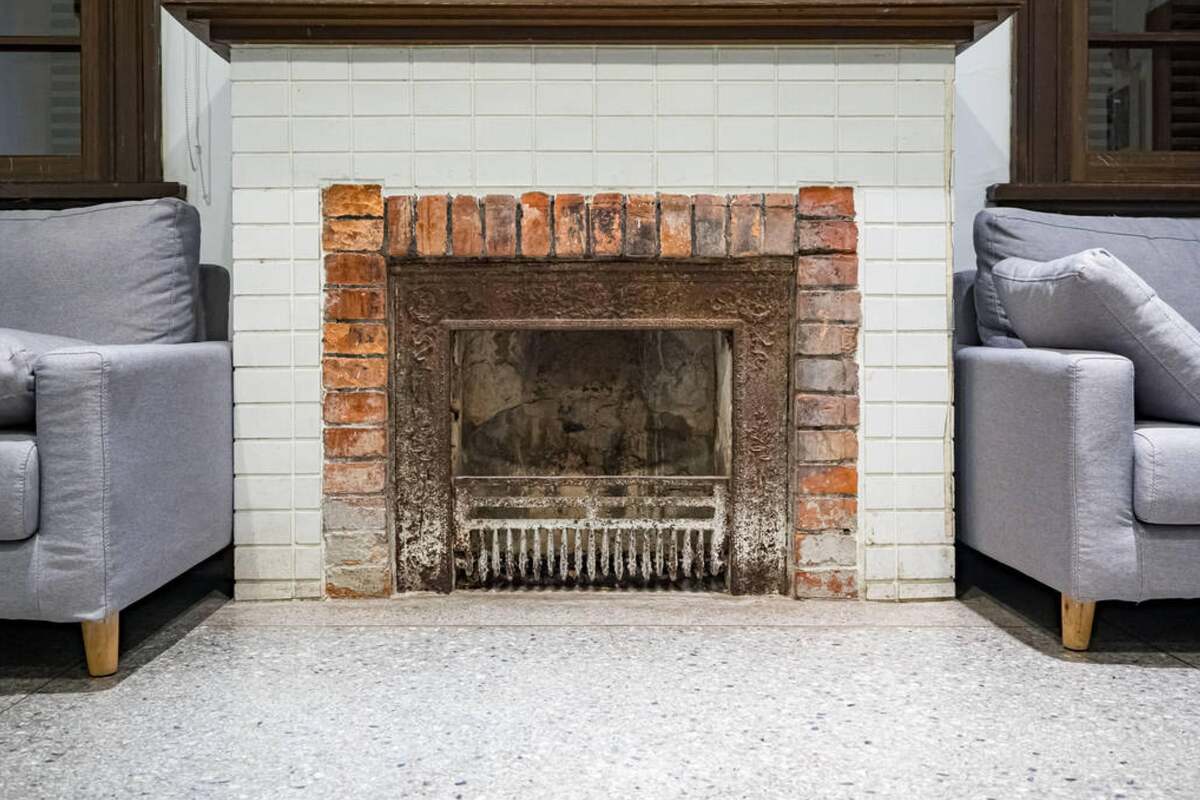
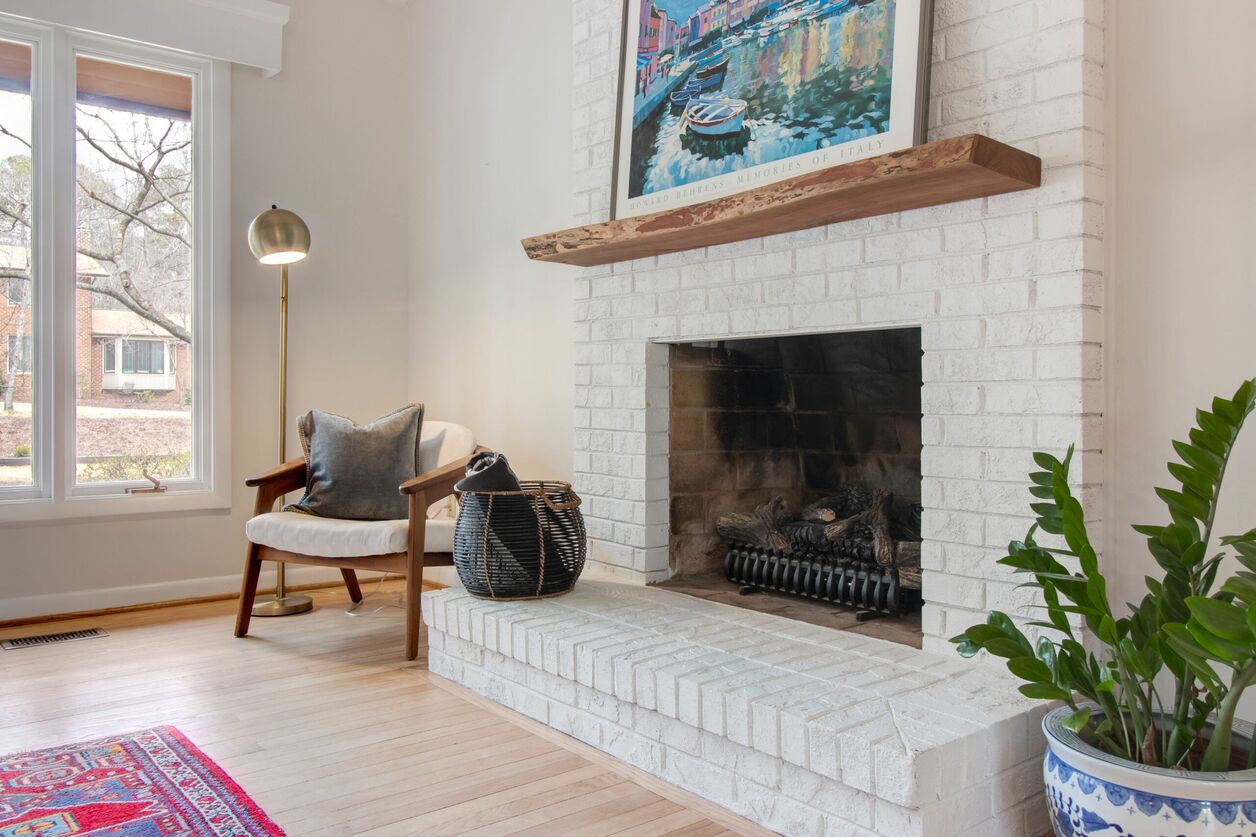
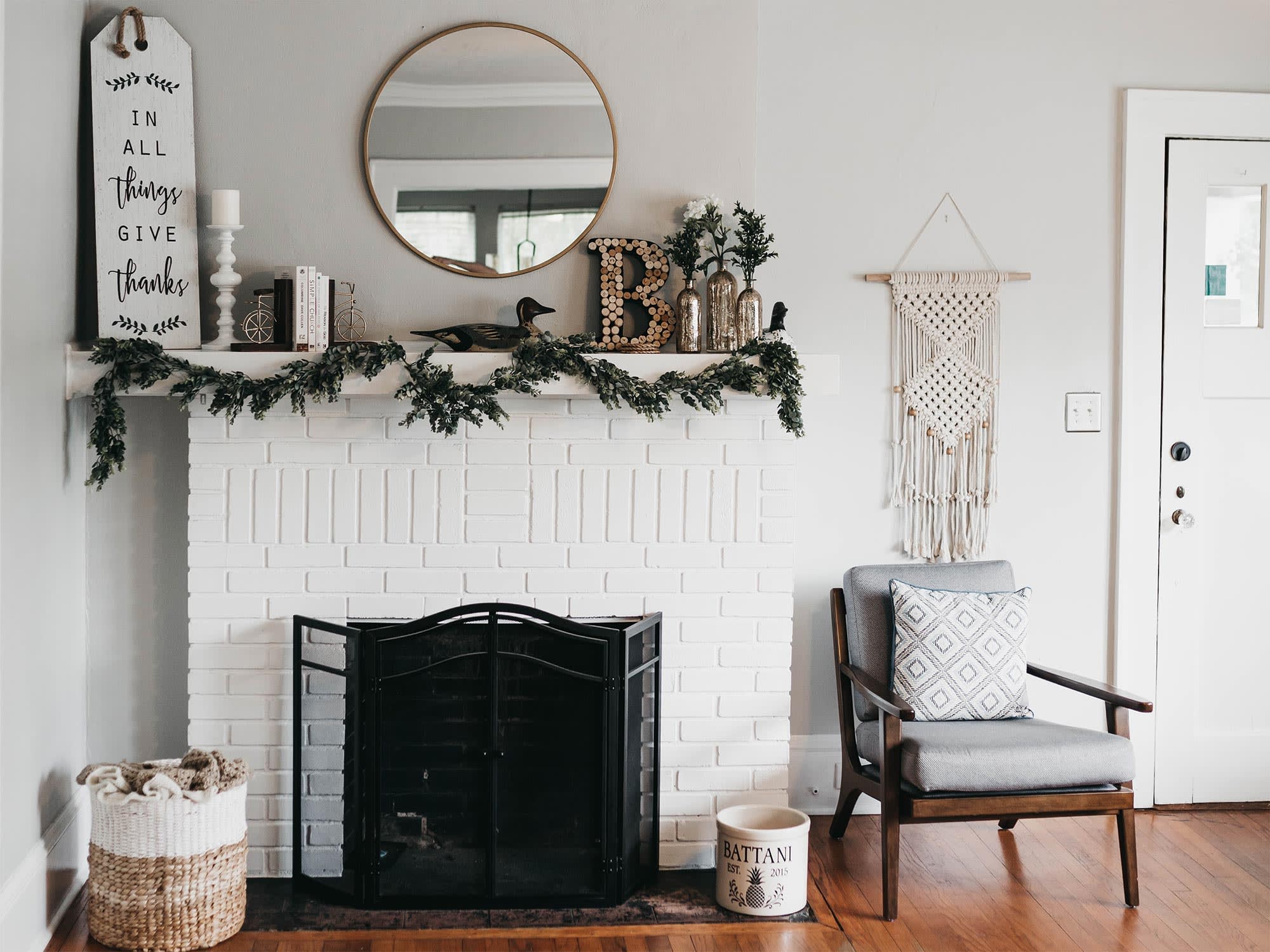
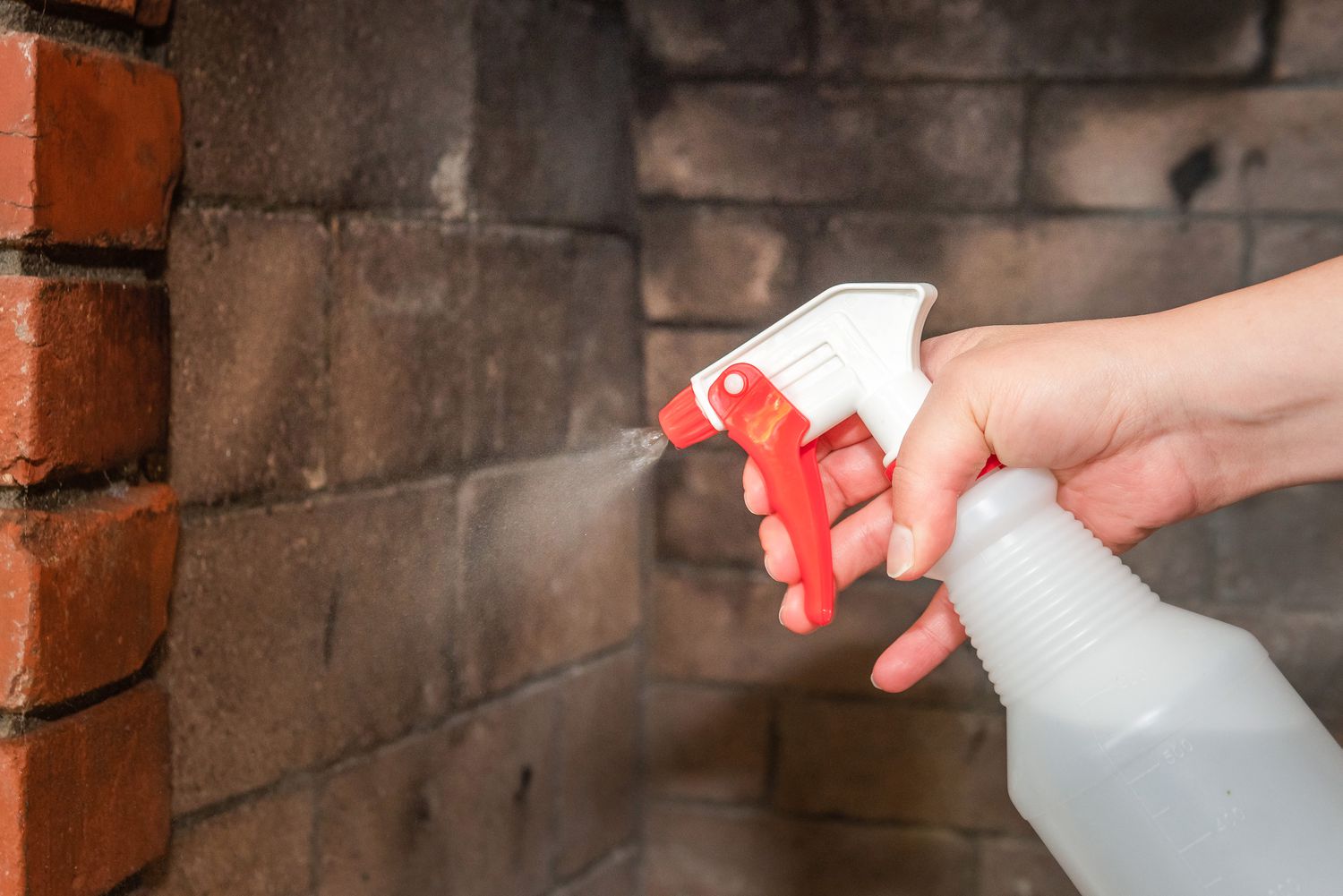

0 thoughts on “How To Clean A Brick Fireplace Before Painting”